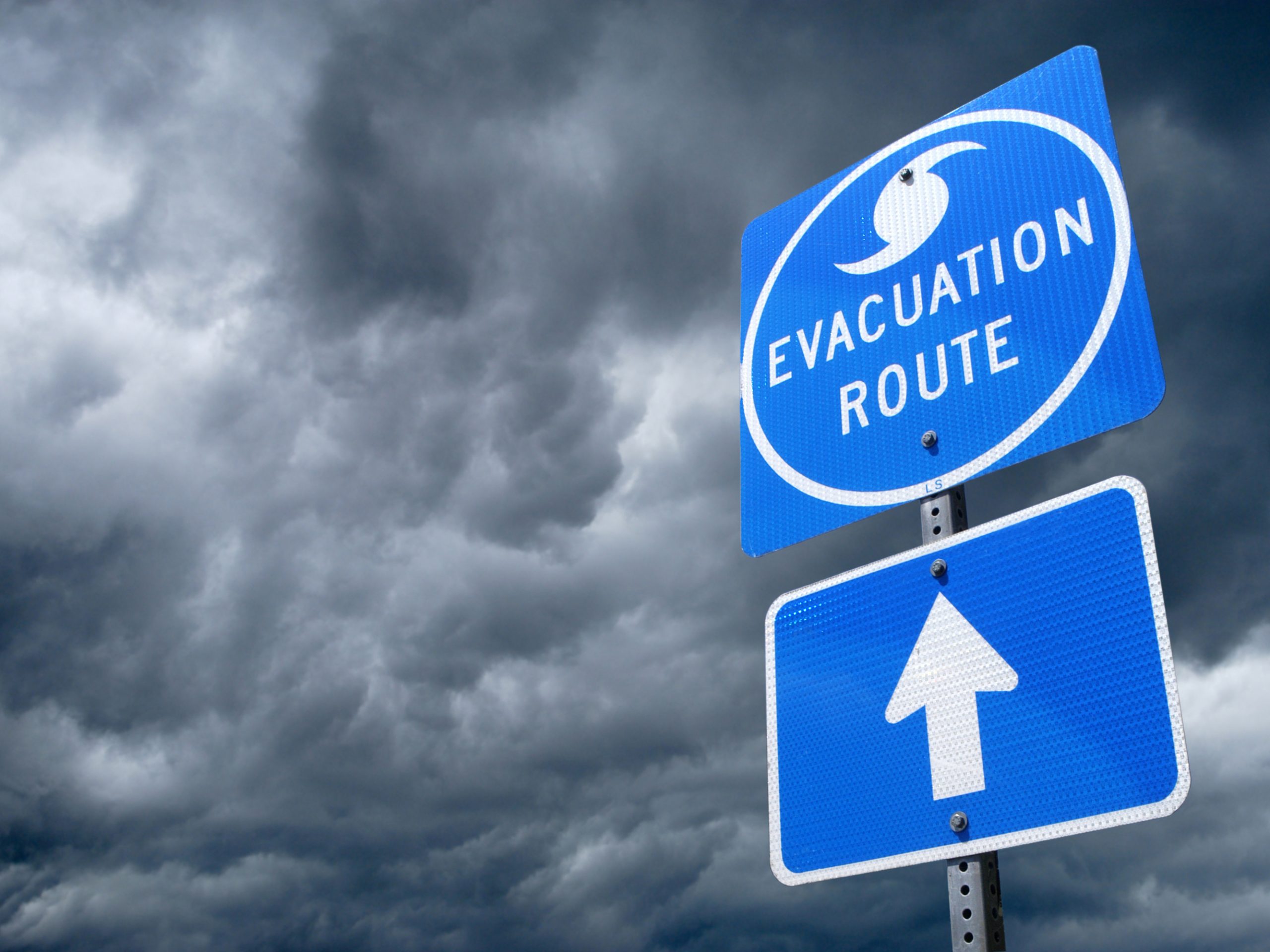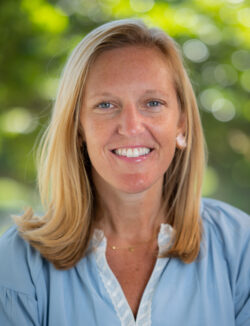This Higher Ed Risk Chief Says Evolving Risk Calls for Real Creativity from Carriers
R&I: How did you get your start in risk management?
I got started on the insurance side of things all the way back in college, through an internship program with Kemper Insurance and the Kemper Scholars Foundation. I started my freshman year, did that through my following summers, and after I graduated, I took an entry-level underwriting role with Chubb in their health care practice in Chicago.
R&I: What do you see as the most critical risks facing higher education institutions?
Right now when you look at the national landscape, the hottest topics are focusing around sexual misconduct and Title IX, data security, active violence, and the emerging issues around concussions and student athlete safety. More recently, people are talking about the admissions scandal and what that means for higher ed. It’s always shifting, but there’s never a shortage of risks.
R&I: What are the biggest cyber exposures for a large university and your biggest cyber security challenges?
We are a complex organization that is highly decentralized. We have 12 different academic schools and 10-plus large administrative and operational units. Each one of those can have very different risks from an IT perspective.
When you’re operating in a highly decentralized environment, it’s difficult to push on everything from a risk perspective. There are lots of different stakeholders. And as a research university, there’s also pressure to be as open as possible with data. So, the key challenge for us is maintaining that transparent and open environment while still keeping protected data safe. It’s a bit of a paradox.
When you’re working with students and creative faculty members, there is always going to be something new that you’re not ready for. The lesson is you always have to be prepared to handle everything with a smile.
R&I: Allegations of sexual assault have been a prominent issue on college campuses in recent years. Has your thinking changed at all around how best to address this exposure?
We’ve created an Office for Equity, which combines responsibility for all sexual misconduct, discrimination, harassment, and equal opportunity issues for staff, faculty and students. It is a separate entity from HR.
They’ve been very focused on education; letting students know what resources they have to report issues and how they’re going to be handled. We have policies around amnesty and confidentiality. We’re focused on encouraging people to report these incidents, and treating people fairly through the process.
R&I: Concussions have also been a headline topic. How to minimize the risk to student athletes?
One major change we’ve made is pulling sports medicine outside of the athletic department. So sports medicine now reports to the student health services department, which is part of student affairs. This enables us to focus on the independent medical decision making and avoid the pressures associated with competition and performance. Similarly, we’ve added an outside independent neurologist review, which must clear a student-athlete to return to play.
R&I: What’s your take on the insurance market? Are you optimistic or pessimistic?
One word I would use is frustrated. We’re seeing some reactionary behavior, specific to higher education, because of a few instances that happened across the country. The markets are trying to rationalize what those situations mean to their book of business, and it is impacting a number of institutions.
We’re seeing some push for higher rates, and that’s fine, but we’re not seeing creativity in coverages. Our world is getting more complex, and my hope is new products will be developed to meet the needs of evolving risk profiles, especially for research institutions like Northwestern.
R&I: What was the most impactful challenge you’ve overcome in your career? What were the key lessons learned?
In higher ed we see some really unique things. When I was at my previous institution, we had the largest scavenger hunt in the world run by our students. One Friday afternoon, we got the call that they had somehow managed to acquire a live tiger and bring it to campus – to them, it was just another item on the list.
At the end of the day, it wasn’t the biggest challenge in the world, but there are some issues with having a live tiger on campus. But we see things like this all the time. When you’re working with students and creative faculty members, there is always going to be something new that you’re not ready for. The lesson is you always have to be prepared to handle everything with a smile.
Our world is getting more complex, and my hope is new products will be developed to meet the needs of evolving risk profiles, especially for research institutions like Northwestern.
R&I: What would you tell students to try to attract them to the field of risk management?
It’s an amazingly stable industry but it’s also constantly changing. You can find a home within the industry no matter where your interests lie – whether you’re into tech, finance, safety, health, there’s a niche where you can fit. It’s very mobile horizontally; there’s really endless opportunity and stable opportunity.
R&I: What is the riskiest activity you ever engaged in?
I jumped out of a small plane at an old air base back in college. During my risk management internship, I lived with a couple of other guys and we would travel every weekend. We were driving up to Canada and we saw this big barn with a gravel runway, and it was a small local skydiving shop. So, they took us up and dropped us out. Thinking back, not the smartest thing to do.
R&I: Are there any projects you are currently undertaking that will drive meaningful value to your organization?
We are trying to develop a protocol to better handle issues as they emerge, setting expectations for when it’s appropriate to escalate issues rather than resolve them locally. With some of the issues that have arisen on campuses in recent years, the common thread is that people didn’t handle it correctly at the outset. We can’t always prevent bad things from happening, but we should do our best to prevent them from getting worse.












